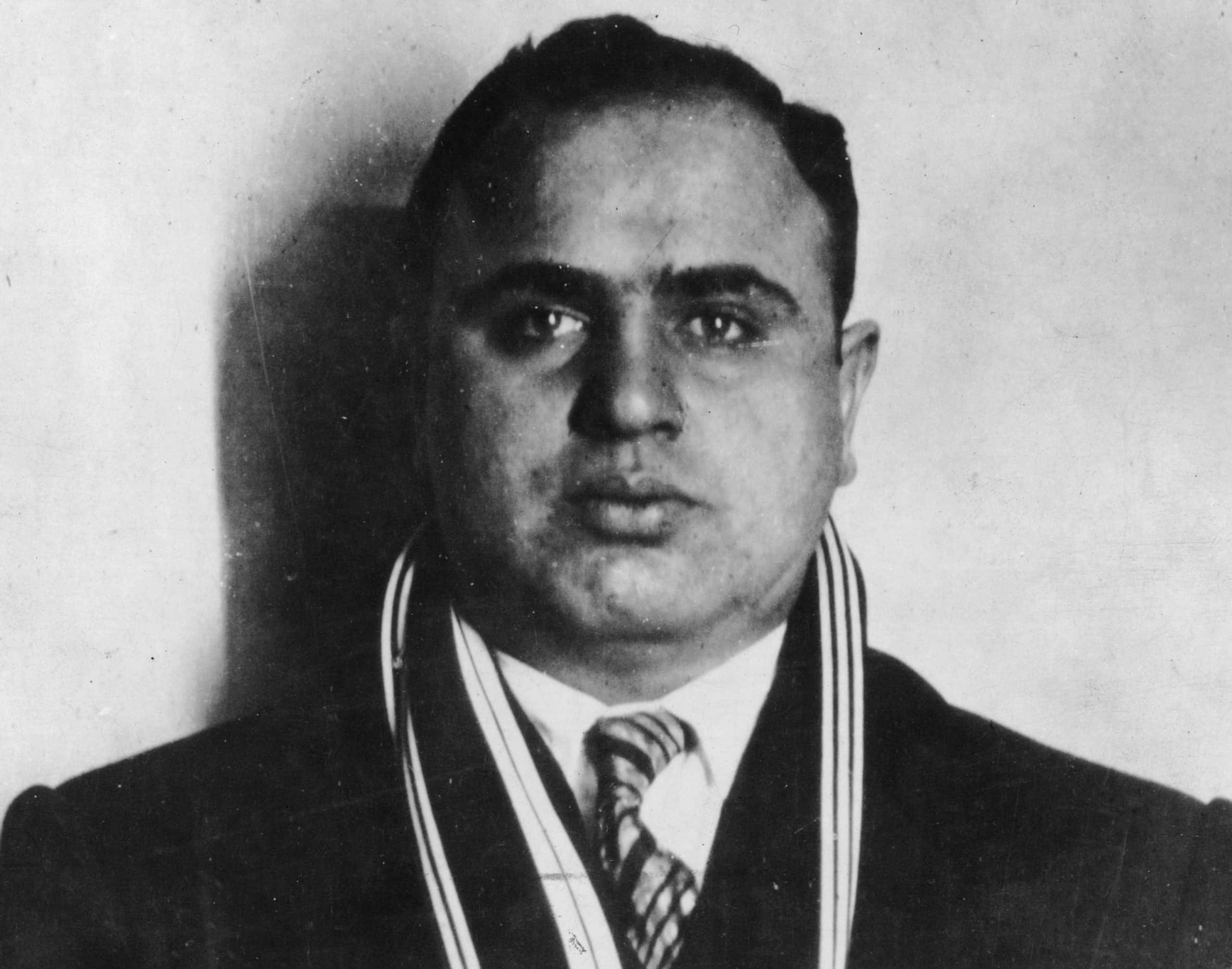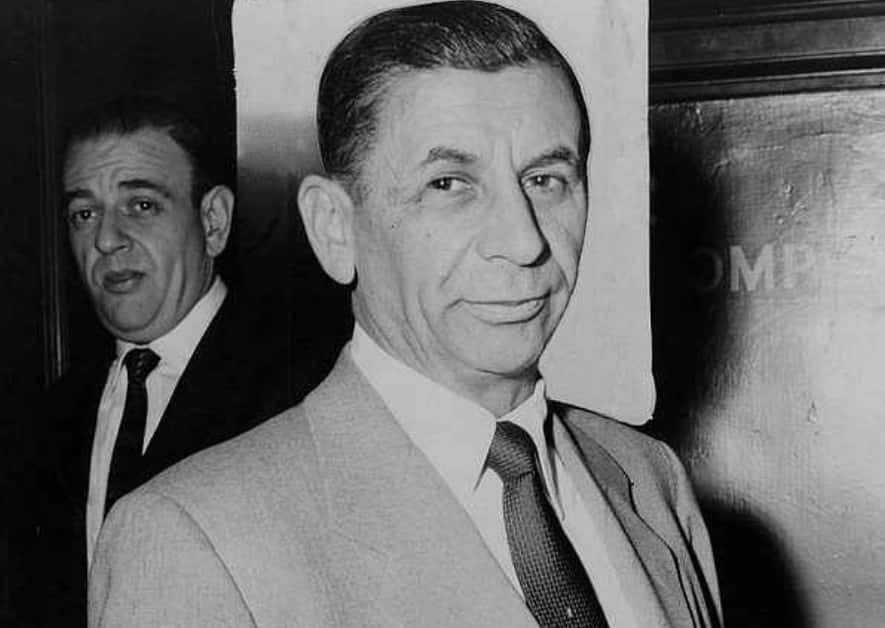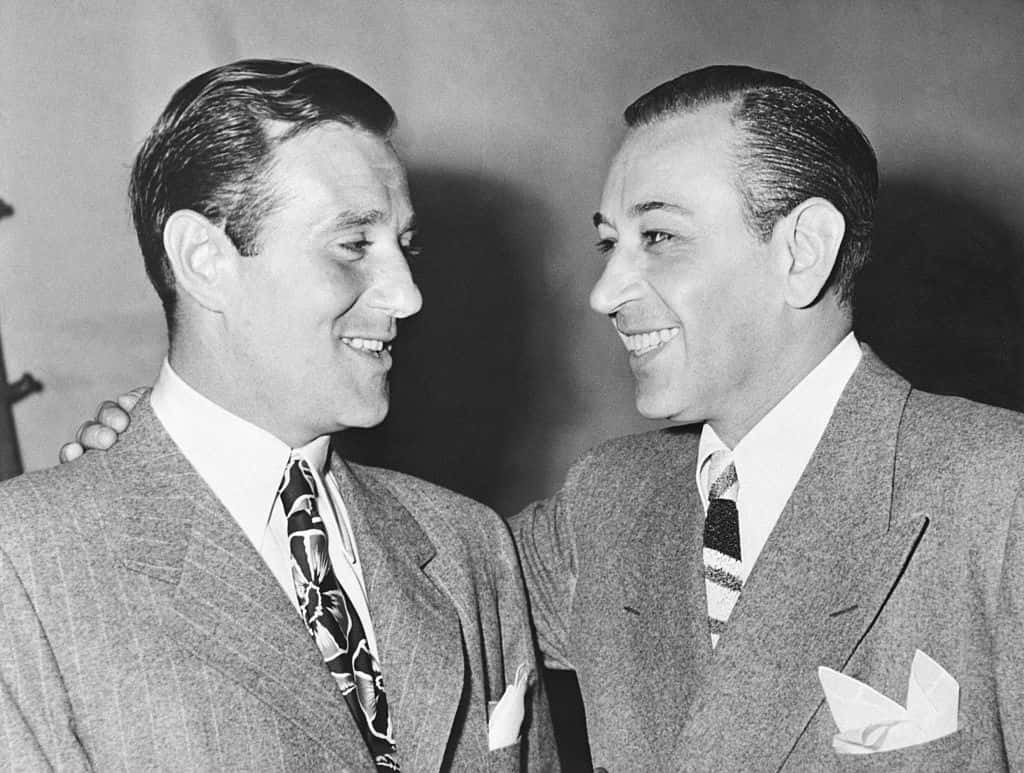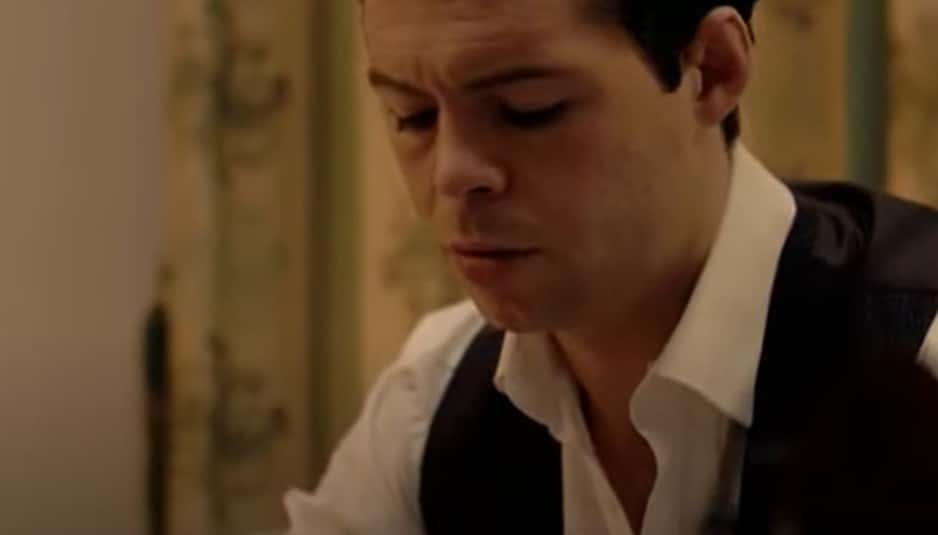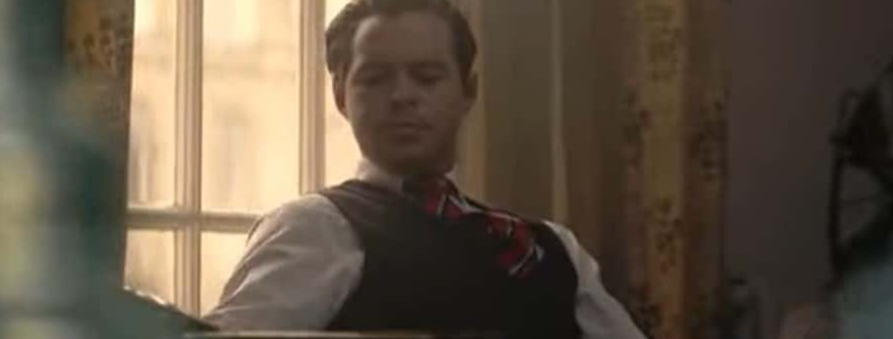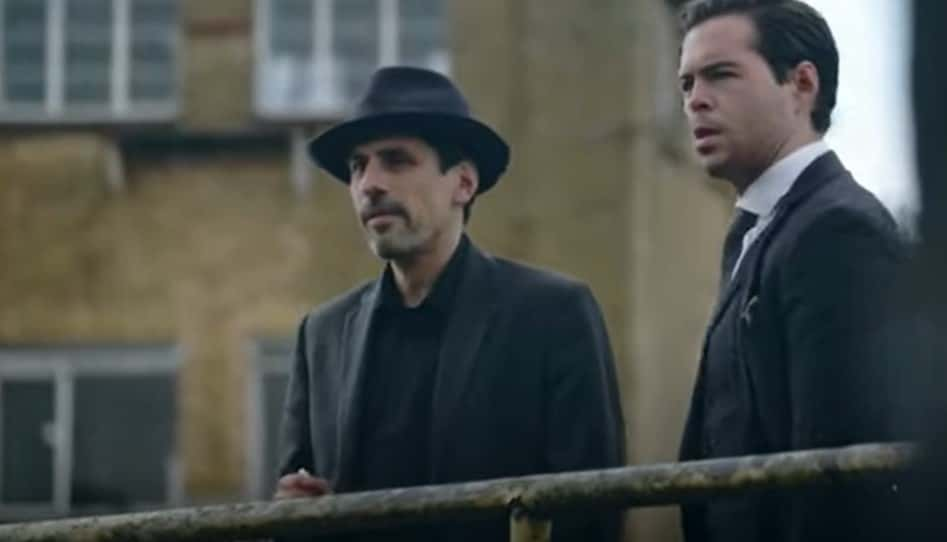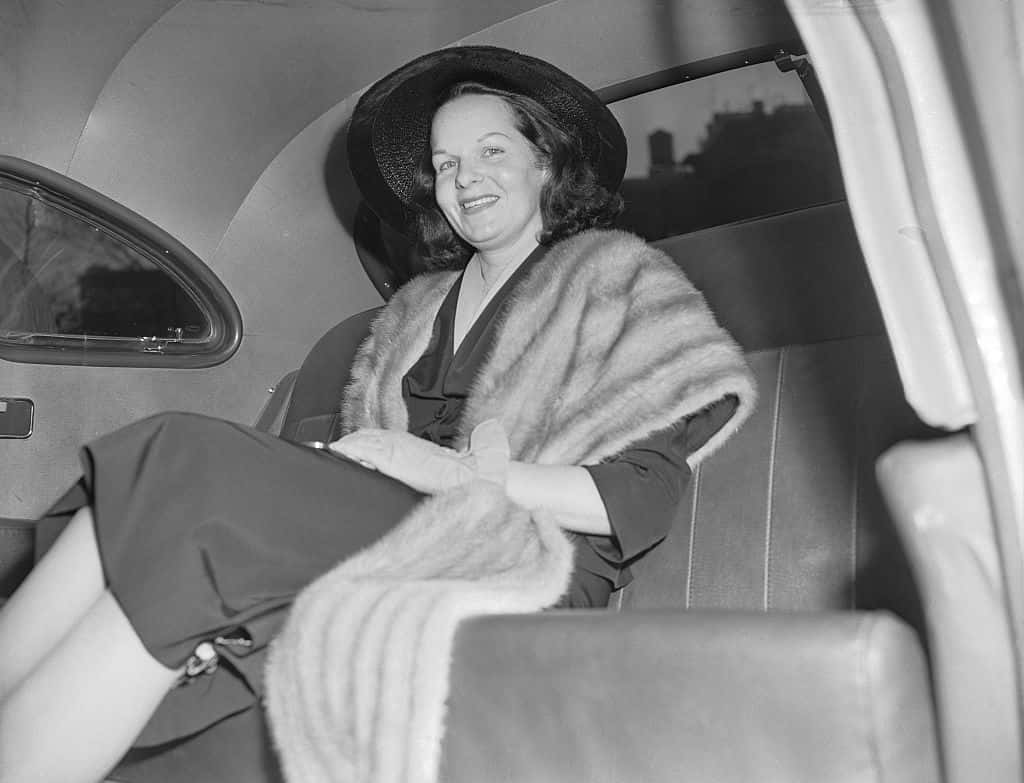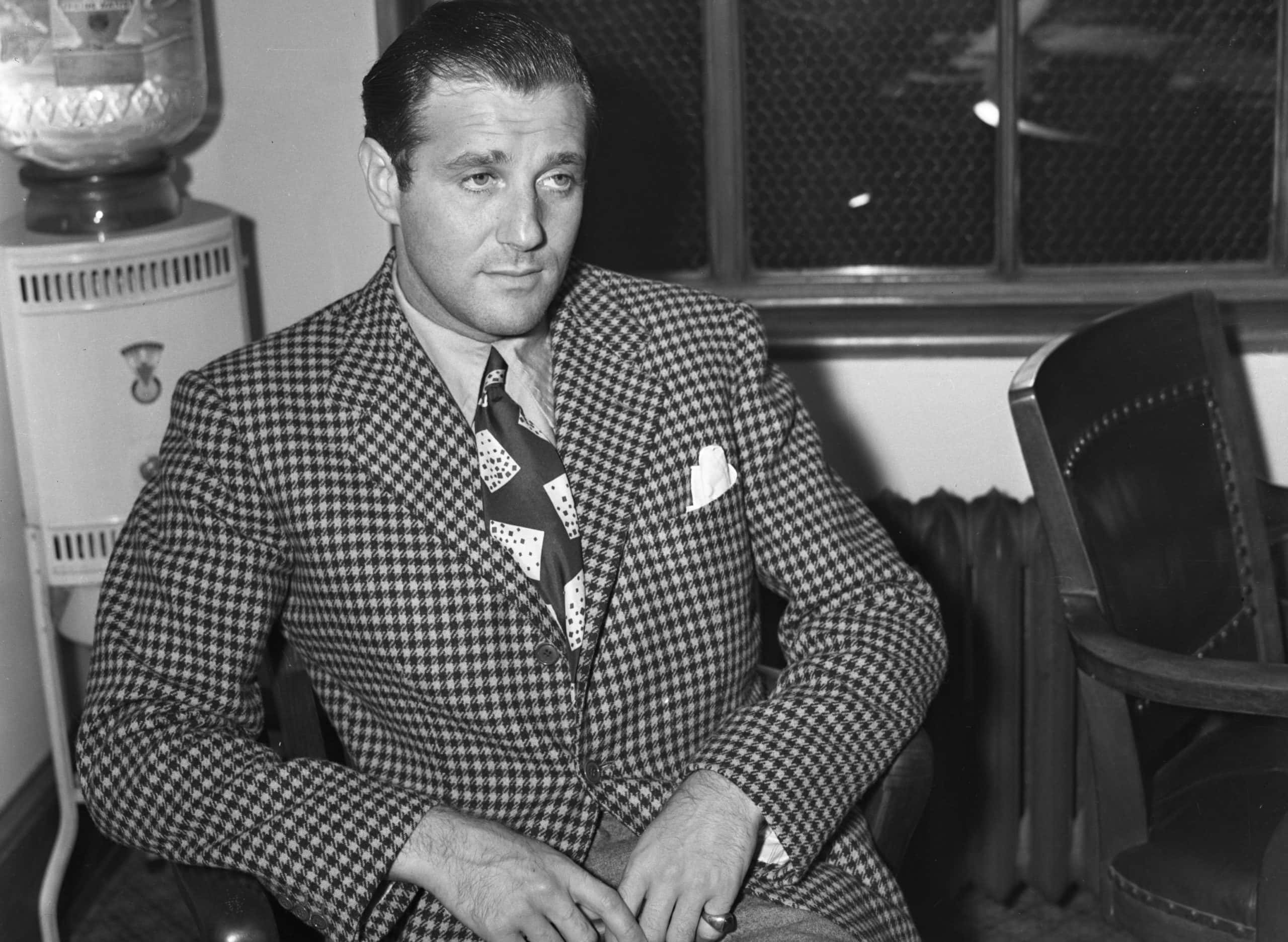The roots of Las Vegas have their stories—and some of those stories trace back to the rowdy streets of New York City, and the legend himself, Bugsy Siegel. Famous for bootlegging, gambling, and use of force, this icon led quite a life in his 41 years. Without him, “Sin City” just wouldn’t be the same.
1. He Had A Rough Start
“Bugsy” Siegel was born Benjamin Siegel on February 28, 1906, in Brooklyn, New York. He was the second of five children born to Ashkenazi Jewish parents. The family did not do very well financially and lived in a rat-infested apartment across the bridge from the lower east side of Manhattan, known heavily for being a pretty rough place at the time. Siegel’s siblings worked hard in school to overcome their circumstances—but Siegal found influence in the streets.
2. He Found Company
During his youth, Siegel abandoned school and joined a group of friends on Lafayette Street in Manhattan—but there was a dark side to their camaraderie. The group mostly carried out thefts, and Siegel quickly earned a reputation for himself amongst the crew—which included a pretty interesting cast of characters.
3. He Offered Refuge
Although the exact origin of their friendship is unknown, Siegel became pretty well acquainted with another young gangster Al Capone during his youth. They developed such a close bond that when Capone was running away from the authorities, Siegel offered Capone a hiding place in his aunt’s home. Siegel seemed fearless and by a lot of accounts, he was kind of “out there”, which in turn, earned him a new name.
4. He Became Bugsy
Siegel’s rambunctious attitude and high energy stood out noticeably from his fellow crew members. They referred to him as “crazier than a bed bug” and the name “Bugsy” was born—but there’s something about the nickname that few people know. Siegel actually detested the nickname, and nobody dared call him it to his face.
Without anyone outwardly calling him out, Siegel continued to make a scene in the streets, and he soon met a friend.
5. He Met Fate
While carrying out his petty thefts, Siegel met a young man by the name of Moe Sedway. Together, the pair started a protection racket in which they threatened the merchandise of pushcart owners unless they agreed to pay them a dollar. As time rolled on, Siegel’s misdeeds intensified during his teenage years and he found himself in a hot spot with yet another new friend.
6. He Teamed Up
During a struggle with another young boy over a weapon, sirens began to ring out and Siegel risked being in serious hot water. However, a boy named Meyer Lansky passed by and whisked Siegel away from the action. From there, the two became fast friends—sort of. In truth, Lansky was on the hunt for a nice Jewish boy to join him in his own underground endeavors. After all, Lansky wasn’t just any regular kid from the neighborhood.
7. Lansky’s Story
Meyer Lansky—a troubled teenager himself—had recently become acquainted with the infamous Charles “Lucky” Luciano, and in doing so, he became exposed to a life of nefarious activity. That’s when Lansky came up with a devious plan. He decided it was time to join forces and gain strength by recruiting Jewish boys (like himself) to work with in their pursuit of running the streets, as the Italians and Irish kids were already hard at work. So, when Lansky met Siegel, a special partnership formed.
8. He Became An Entrepreneur
During the 1920s, Siegel and Lansky established the “Bugs and Meyer Mob” to help make a name for themselves and earn respect. Considering that prohibition was alive and well, the two supplied bootleggers with stolen vehicles, took part in gambling, and all kinds of other less-than-savory activities.
Ultimately, the two worked together in this capacity for a decade before Siegel explored some new and more enticing pastures.
9. He Tied The Knot
In 1929, Siegel became a family man when he married his school sweetheart, Esta Krakower. However, there was a dark side to their romance. Due to Siegel’s chronic unfaithfulness their relationship ended in the mid-1940s; but before Krakower put distance between them, the couple had two daughters together, Millicent and Barbara. In spite of Siegel’s difficulties at home, he continued to find success in his work.
10. He Climbed The Ladder
Siegel’s rough reputation earned him stripes with the future bosses of the Genovese Family by the late 1920s. This new crew invited Siegel to be one of four henchmen responsible for carrying out a hit on Joe Masseria—another boss. This was a pretty big deal because it ended a feud between multiple families at the time. After successfully carrying out the order, Siegel became a top name in the business.
11. He Changed The Game
In 1931, “Lucky” Luciano asked Siegel to take care of Salvatore Maranzano. Siegel did exactly that and as a result, Luciano’s prominence in the media grew exponentially. For Siegel’s part, his own fame was rising as well. He became one of the primary members of “Murder Inc"., a group of gangsters called upon regularly to carry out more hits. And a lot more was on its way for Siegel.
 Mobsters (1991), Universal Pictures
Mobsters (1991), Universal Pictures
12. He Made It Big
By the tender age of 21, Siegel had done well for himself financially that he overcame his impoverished roots. He bought two properties in the glitziest parts of New York and started to frequent night clubs in the city where he charmed people from all walks of life—both legitimate folks and shadier ones. But his own approach to business made him a fair share of enemies.
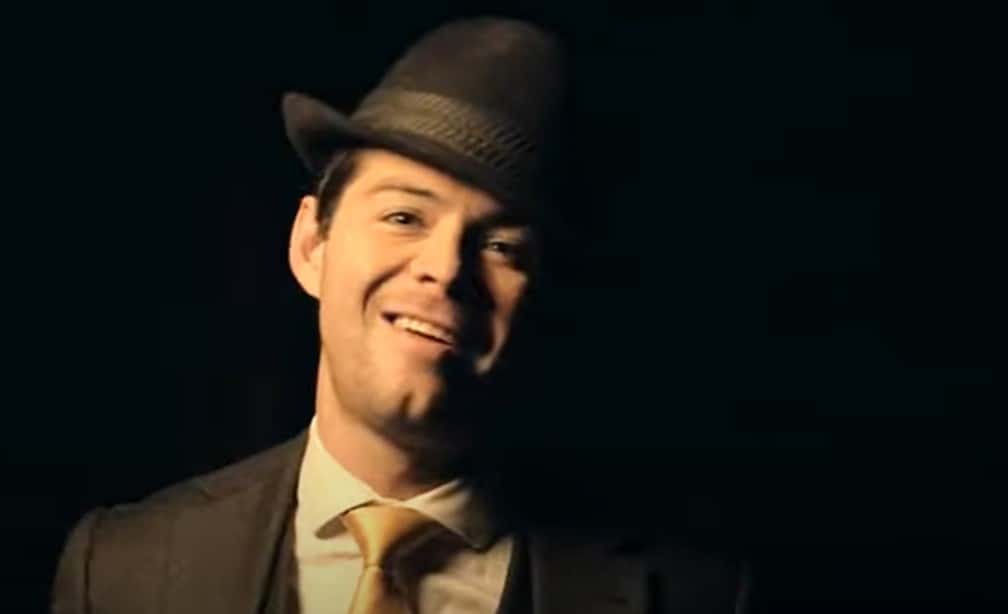 Mafia Reenactment
Mafia Reenactment
13. He Ruffled Feathers
In the early 1930s, Bugsy Siegel fell into a conflict with the Fabrizzo brothers, associates of prominent bootlegger, Waxey Gordon. And this time, he’d messed with the wrong people. The brothers had put a hit out on Siegel after they caught wind of the fact that he had informed the IRS about some of Gordon’s dealings.
While their attempt failed, one of the brothers then made a bold move by writing a chapter about Siegel in a tell-all book. Thankfully for Siegel, his friends came to his rescue.
 Mobsters (1991), Universal Pictures
Mobsters (1991), Universal Pictures
14. He Had Trouble
In Siegel’s world, nobody liked a rat. So, when word of the Fabrizzo-penned book spread, a hit got ordered on the brother for trying to speak out. Siegel checked himself into a hospital for the purpose of having an alibi. He later snuck out and allegedly joined two accomplices in taking the life of one of the brothers. It’s believed that all three men posed as detectives to lure him out of his home, so the hit could be executed. With the alibi hovering in the air, all should have been well now for Siegel—but it wasn’t.
 Mobsters (1991), Universal Pictures
Mobsters (1991), Universal Pictures
15. He Had To Run
Siegel soon found out that questions hovered around his hospital alibi—but that wasn’t all. He also learned that his enemies sought retribution against him. To be safe, Siegel went to California on a mission to develop gambling rackets with the boss of a notable LA family, Jack Dragna. On the surface, Siegel claimed to earn his keep through sanctioned gambling, but he soon took over the underground markets and also established a drug trade route from Mexico using wire services.
 Mobsters (1991), Universal Pictures
Mobsters (1991), Universal Pictures
16. He Dreamed Big
In 1933, prohibition ended, and the bootlegging business came to a close for Bugsy Siegel. On the hunt for a new source of income, he turned more to gambling. While his friend and business associate Meyer Lansky flew to Havana to better understand this market, Siegel decided that for him, the only place to go was Hollywood.
 Mobsters (1991), Universal Pictures
Mobsters (1991), Universal Pictures
17. He Loved Fame
Once in Hollywood, Siegel worked to create space for himself. He used intimidation and bribery to influence politicians and police, so he could fly under the radar. All the while, he mastered the businesses of not only gambling, but also prostitution and narcotics. Now, being in Hollywood, Siegel could only fly low for so long. Before he knew it, he saw stars.
 Mobsters (1991), Universal Pictures
Mobsters (1991), Universal Pictures
18. He Turned Into Mr. Popularity
In no time at all, Siegel started to rub elbows with mega celebrities like George Raft, Clark Gable, and Jack Warner. He frequently received invitations to the elite parties and functions they threw for the Hollywood crowds. Moreover, with his new exposure to the movie business, Siegel came up with some ideas to help him earn more revenue.
19. He Strategized
After attending so many Hollywood parties, Siegel began hosting his own. However—unlike the elite socialites—he charged entry fees to his guests. He also blatantly asked celebrity friends for loans, which he never paid back. This seemingly simple plan made huge waves. A record book later found in his home revealed that he had racked up hundreds of thousands of dollars in unpaid debt this way.
20. He Shook Things Up
Siegel soon learned that in the film industry, he could put pressure on studio executives by organizing movie extras and threatening mafia force to move things along when there were problems in production. He also began to intimidate cinemas and studios with protection rackets and he infiltrated the film unions. His influence undoubtedly intimidated many, but it also enticed many—especially women in Hollywood.
21. He Found Love And More Love
Bugsy Siegel caught the eye of some pretty notable women in the LA scene. He dated Ketti Gallian and spent more than $50,000 on her elocution lessons so that she could try to lose her French accent and be more marketable in film. But this affair was really just one of many. Needless to say, Siegel was living large, and all the while, he still occasionally flew back East to New York, so he could carry out the occasional hit and get more income.
22. He Tried To Switch Careers
Hollywood is no stranger to rumors—and Siegel earned one of his own. People whispered that Siegel fantasized about starting his own career in film. He once accompanied George Raft to a movie set and ordered the director to film him instead of Raft for a scene. He had been studying Raft’s gestures and lines.
Nobody knows what happened to that unofficial screentest, but reports suggest that Siegel’s bad temper kept him off the big screen. With film no longer an option, Siegel stuck to the things he did best.
23. He Was A Doting Dad
In 1946, Siegel and his wife, Esta, officially divorced. Right around this time, his older daughter started to rebel by starting up a nicotine habbit and skipping school. Esta felt lost with what to do, so she wrote to Siegel and asked for support. He responded in a letter saying, “…I always will do all that I can to help you with [the girls]”. Later, his troubled daughter expressed appreciation over this emotional support from afar, praising him for being a “softy” at heart.
24. He Loved His Family
Siegel’s eldest daughter described him as being very “family-oriented”. He helped his brother re-locate to California and he assisted him in beginning a medical practice out there. He also helped to take care of his brother’s family during that whole process. His loyalty was well regarded by his closest friends and family, but Siegel’s need for novelty and money continued to complicate things for him.
25. He Aided The Enemy (Almost)
In 1938, Bugsy Siegel had an affair with socialite Countess Dorothy di Frasso. This relationship brought him to Italy where he met Benito Mussolini and during his visit, Siegel even tried to sell Mussolini some arms. However, Mussolini turned him down and Siegel swiftly returned to the States.
26. Sinatra Loved Him
Bugsy Siegel had friends in low places—and in high ones too. Back in America, Siegel did not waste an ounce of time—he immediately connected with his Hollywood pals again. At cocktail parties, stars bragged about knowing him and argued over how exactly he conducted his work. One starlet hanging around in those circles at the time even recalled how Frank Sinatra himself became completely enamored with Siegel and tried to emulate his mannerisms.
27. He Became A Pirate
Siegel may have had an itch for expansion in 1938, because he soon joined a group of Hollywood aristocrats on a trip to Costa Rica in hopes of finding some buried treasure. After turning up absolutely nothing and getting involved in a bad storm, the ship was towed to Mexico—but there may have been a more sinister side to the trip.
Siegel’s journey is thought by some to be a cover for smuggling. In any case, while the whole truth behind that bizarre episode is yet to be understood, it’s clear that Siegel had a lot more eventful chapters awaiting him in America.
28. He Got Into Hot Water
In 1939, Harry “Big Greenie” Greenberg—a former associate of Siegel’s—was rumored to have become an informant. Thus, a hit was ordered and on November 22, 1939, Greenberg was “taken care of” by three men outside of his apartment. Once caught, one of the hitmen implicated Siegel as also being somehow involved.
29. He Wasn’t An Average Joe
By September of 1941, Bugsy Siegel was on trial. Siegel’s star quality helped to earn the case a spot in national headlines for all the wrong (and embarrassing) reasons. Specifically, the media found out that Siegel refused to eat prison food, entertained female visitors, and had temporary day leaves. During this time, Siegel defended himself by hiring powerhouse attorney Jerry Giesler to represent him in court—turned out to be its own saga.
30. He Flew Free
The prosecution during the Greenberg trial lined up two witnesses—both of whom subsequently died. After that, no more witnesses against Siegel came forward. In 1942, Siegel received an acquittal in court due to a lack of evidence. However, the whole process of being covered in the media totally enraged him.
31. His Name Was Everywhere
Even though Siegel had once worked under the name “Bugs”, he hated having variations of the name used by others. During the Greenberg trial, his name was just plastered everywhere as simply “Bugsy”. Seeing his reputation reduced to a nickname he despised just made Siegel turn more erratic—and it wasn’t very long before he found himself in trouble again.
32. He Had To Go
Enraged and exhausted by the media attention, Siegel got sloppy—and it backfired horribly. In May of 1944, he was taken into custody for bookmaking. But thanks to his Hollywood actor friends George Raft and Mack Gray, who testified on his behalf in court, the judge acquitted Siegel again of all wrongdoings. In the aftermath of this case though, Siegel decided to turn over a new leaf by making an attempt to go legitimate—so he did something unexpected next.
33. He Saw A Mirage
In 1946, Bugsy Siegel flew to Nevada with childhood friend, Moe Sedway. Not long after arriving, Siegel’s old habits won out and he found opportunities to provide illicit services to the construction crews building the Boulder Dam. Seeing financial possibilities in Nevada, Siegel asked Sedway to oversee things on a day-to-day basis, while he continued to work back in Hollywood.
Siegel brokered some other deals for Vegas behind the scenes—one of which was pretty epic.
34. He Saw Opportunity
Siegel formed a business partnership with William R. Wilkerson, a real estate developer who was establishing the Flaming Hotel in Las Vegas. In 1946, Siegel negotiated to have more control over the hotel—and it was an offer Wilkerson couldn’t refuse. He used his personal connections to supply The Flamingo with amazing food, booze, entertainers, and gambling. Siegel convinced himself that big spenders and everyday vacationers would flock (no pun intended) to the Flamingo and easily spend their hard-earned pay there. And he was right.
35. He Used Muscle
Siegel used coercion to convince Wilkerson to completely sell off all stakes in the Flamingo. So, Siegel’s control over the place only grew that much stronger while Wilkerson flew away to Paris to hide for safety. With Wilkerson out of the picture, Siegel got to work making his lavish dream into a reality.
36. His Work Stayed Hidden
Siegel’s daughter recounted that when she visited Las Vegas, she thought of the experience as a glamorous vacation. But she said that her and her sister had no idea what her father did to make money. When questioned at school about her parents, she often said that her dad worked in the hotel business or was simply “retired”—though she never knew from what exactly. According to his daughter though, none of this mattered because Siegel was in her eyes a great father.
37. He Had A Presence
Bugsy Siegel spent time with his daughters at the horse stables where he supported their riding. He also spent time with them over luxurious dinners and they remembered him to be easier to talk to than the girls’ mother. Siegel’s daughter, Millicent recalled him as very loving and beaming with pride when it came to her own interests.
38. He Couldn’t Budget
Siegel went overboard with spending as he built up the Flamingo Hotel—and it got him into big trouble. By 1947, the bills to establish the hotel ran over $6 million and Siegel’s cheques started to bounce. Nonetheless, Siegel was setting the stage for years to come for casino moguls who overlooked his shortcomings and saw only a shining example of what a shaker in Vegas should look like. There was just one problem hanging over Siegel’s head.
39. He Failed Majorly
Siegel’s hotel started as a flop. Even though construction was continuing in 1947, it had already opened in late 1946. Aside from a very few big names who attended the opening, it was mostly just some locals who showed up, and they appeared unimpressed by the failure of the air conditioning and the lack of luxury rooms available. To make matters worse, added problems with the launch followed.
40. He Suffered A Bad Omen
Siegel’s temper got the best of him. He began verbally accosting customers and even threw people out. Embarrassingly, the pink flamingos he imported to stay in the moat around the hotel succumbed to health issues from the Nevada sun. It was really insult to injury and at that point, within just two weeks of being open, the Flamingo’s casino was losing money, and everything had to shut down in January of 1947.
41. He Hired Help
Siegel put his nose to the grindstone and hired the reputable Hank Greenspun to be his publicist. With some good press on his side and a commitment to increased renovations, the Flamingo re-opened on March 1, 1947. Finally, the business started to make a profit. Unfortunately for Siegel, it was too little, too late. His life was about to unravel.
 Mobsters (1991), Universal Pictures
Mobsters (1991), Universal Pictures
42. He Met His Match
While establishing himself in Las Vegas, Siegel dated actress-wannabee Virginia Hill—and she had a serious dark side. Hill spent lavishly on dinner parties and had an uncontrollable temper. To this very day, some say she took money from the Flamingo for her own purposes—and pockets. The self-centeredness of his girlfriend was the least of his problems though.
43. It Ended For Him
On June 20, 1947, Siegel was sitting in his girlfriend’s Beverly Hills home reading a copy of the Los Angeles Times when shots rang out. As gunfire filled the street, Siegel ultimately got hit multiple times—with two of them going straight to his head. To this very day, his murder remains unsolved, and nobody has ever faced any charges. Of course, though, there are some theories.
44. There Are Rumors
Some speculate that Siegel’s financial debts caused his demise. Others claim that someone put out a hit on him in retribution. He’d threatened to off Moe Sedway when their friendship turned a bit south. Siegel had grown frustrated with Sedway’s control over money when he was leading the way in their partnership. And one theory that’s especially taken hold involves his flamboyant girlfriend.
45. He May Have Loved Too Hard
After Siegel’s passing, some reported that Virginia Hill was never really his girlfriend. The story goes that she actually worked as a call-girl. Siegel’s enemies allegedly hired her to keep tabs on him and pretend to love him. Then, when Siegel got aggressive with her on some occasion, her brother entered the picture and a hit followed from here. All totally speculation, of course.
46. He Got Replaced
Right after Siegel’s death, Las Vegas became center-stage—even though his life actually ended in LA. Headlines were made and the Flamingo needed new ownership. Sedway and Gus Greenbaum stepped in here and began controlling the hotel and casino from there. They took over just one day after Siegel died.
47. He Became A Movie Icon
Since his passing, Bugsy Siegel has continued to be represented in media and even achieved his dreams of becoming a star in some ways. Perhaps most notably, the character “Moe Greene” from The Godfather (1972) is said to be largely based on him. Also, in 1991, he was outwardly depicted in Mobsters. And of course, during that same year, the Warren Beatty film, Bugsy was released as a highly fictionalized biography.
 Bugsy (1991), TriStar Pictures
Bugsy (1991), TriStar Pictures
48. He Kept A Pretty Clean Record
Siegel is one of the most revered gangsters in the US—but despite all of the shady activities that Siegel took part in during his lifetime, only one arrest stuck. In 1932, while in Miami, Siegel had “gambling and vagrancy” added to an otherwise clean record. To take care of it, he paid a $100 fine. That was it; nothing else ever formally connected back to Siegel.
49. He Left Nothing
When Siegel’s daughter, Millicent, passed in 2017, there was no money for a proper Jewish burial. Apparently, Siegel did not leave much behind him. Relatives were only left a small part of land behind the Flamingo Hotel, which was only worth $8,000 per person. Consequently, his children had really nothing else from the estate, which left his daughter’s immediate family resorting to cremation in lieu of a proper memorial. And that wasn’t the only contentious part of his legacy.
50. He Did A Lot…But Not That Much
Some films like Bugsy have portrayed Siegel as the inventor of the whole Las Vegas Strip. In truth, before his part in establishing the Flamingo, there were several other luxury-resort establishments there. He really just added to its fame, but in no way is he the “Father of Sin City” the way that some have made him out to be.




